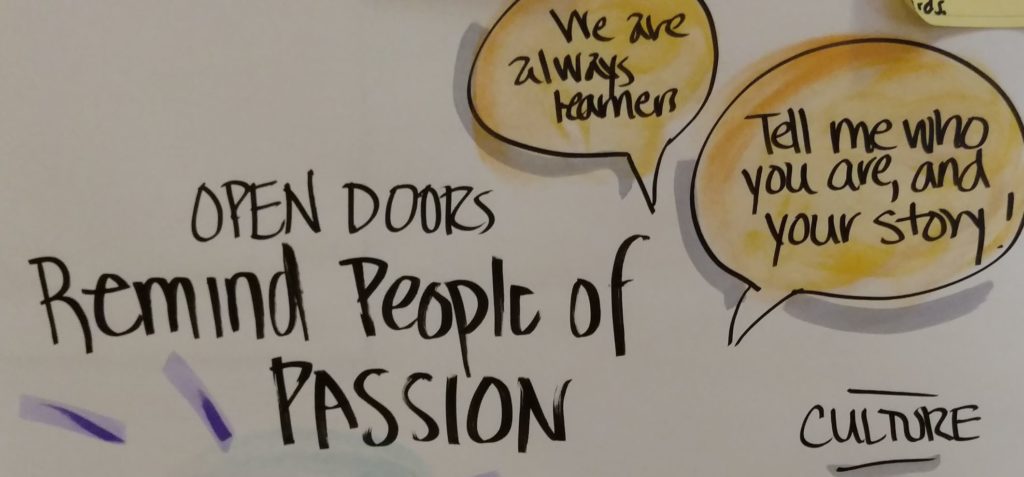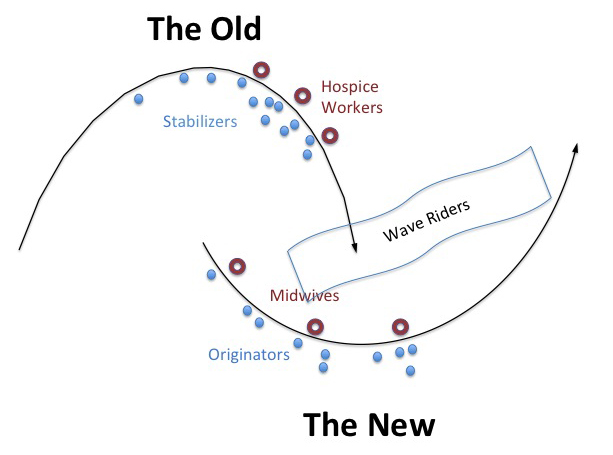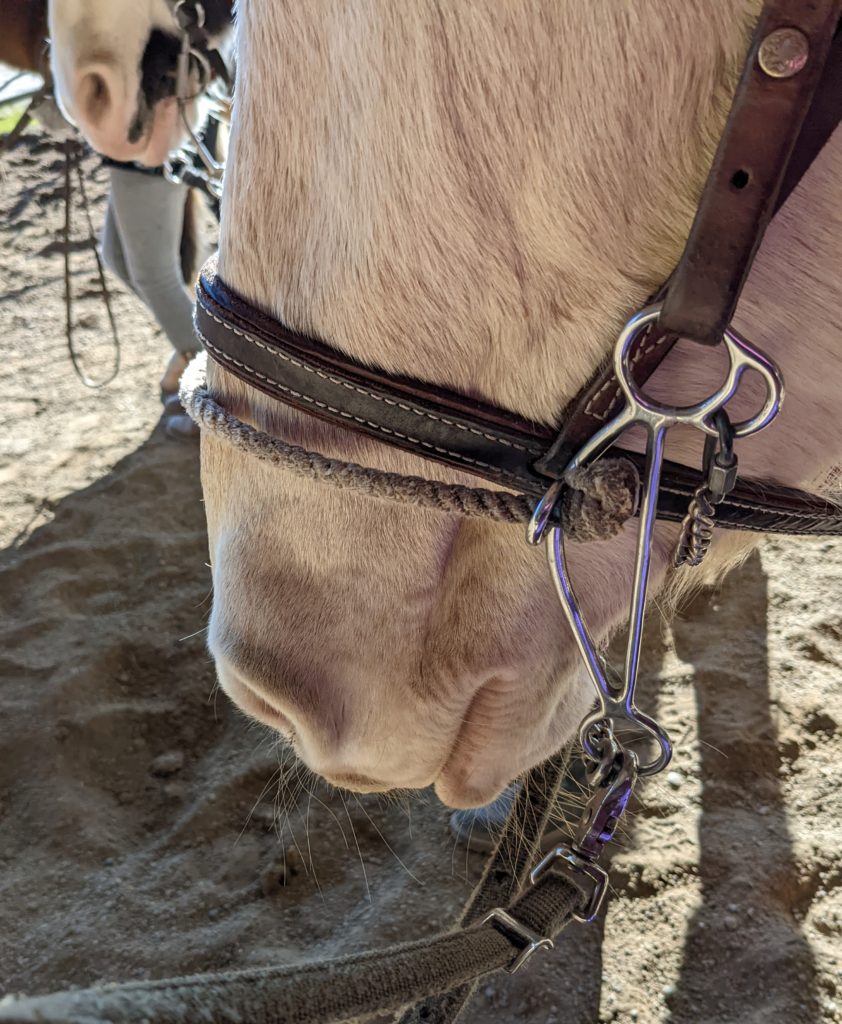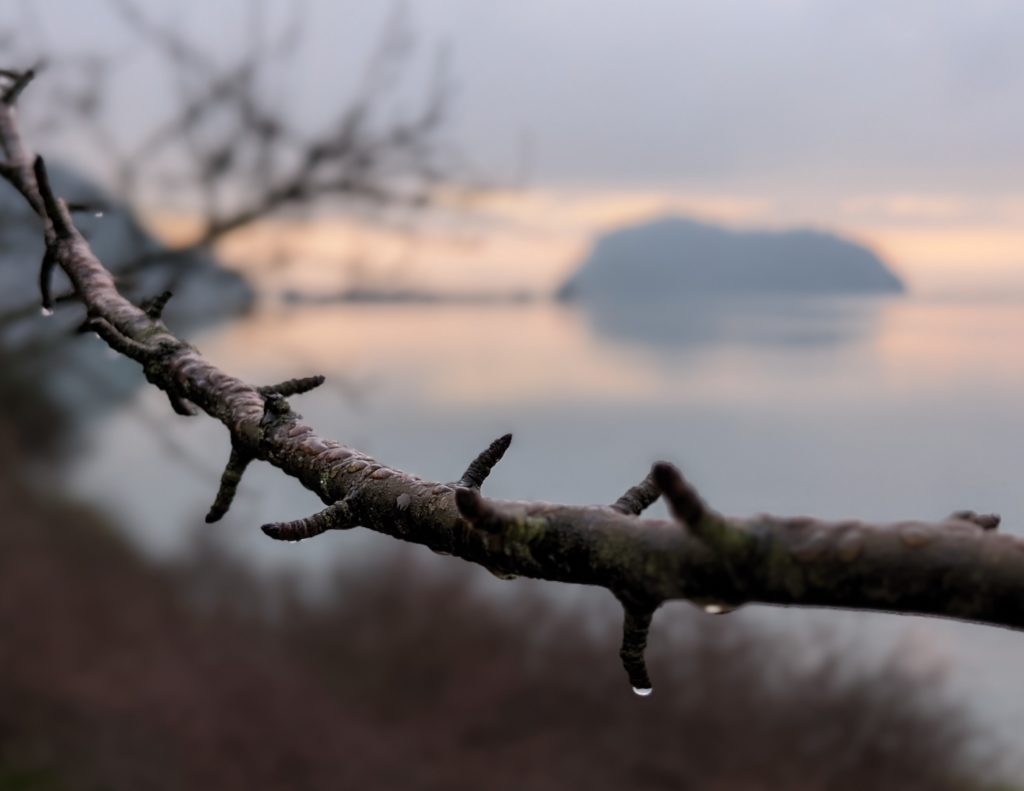Futurity.org – Autonomy sparks on-the-job passion. This article from 2011 caught my eye only late last year about Xiao-Ping Chen’s research at the University of Washington. It reflects on individualistic and harmonious passion. (I like that latter term!)
I have been thinking a lot about the destructive power of individualism in the US lately. If every individual sets their behavior on individual gain, our society suffers. If we are all in lock step and lose diverse thought, our society suffers. (Yeah, oversimplification!) So we need harmonious passion.
“Harmonious passion comes from intrinsic motivation,” explains study co-author and doctoral student Dong Liu. “You are passionate not only because you are interested in the work, but because it identifies part of you. It defines you.”
The research team found that harmonious passion facilitates increased workplace creativity—acts of devising new and improved ways of doing tasks, from an ergonomic shift on an assembly line to an innovative marketing campaign. The study is scheduled for publication in the Journal of Applied Psychology.
Some people, Chen explains, are naturally predisposed to be passionate about their work. These people will exercise creativity whatever the environment. The rest, however, could develop harmonious passion if given a degree of autonomy to decide how they will execute their tasks—even when pressure to perform is external (think deadlines) rather than internal.
https://www.futurity.org/autonomy-sparks-on-the-job-passion/
Of course, context matters, but the frame of individualistic and harmonious passion allow a different frame of reference that might be useful these days!



